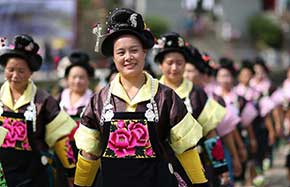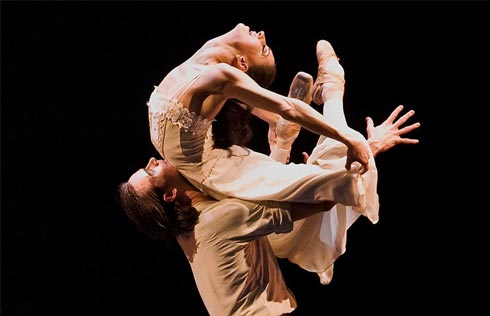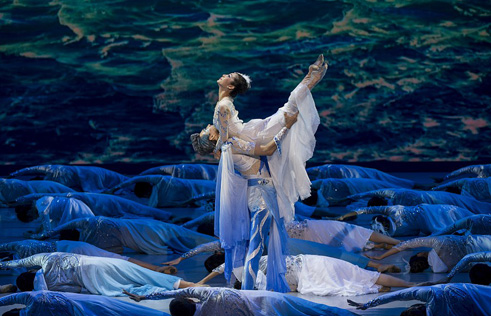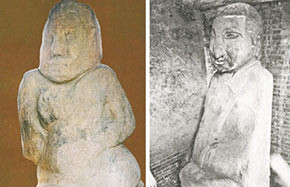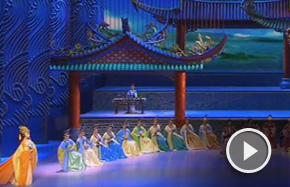The web we weave
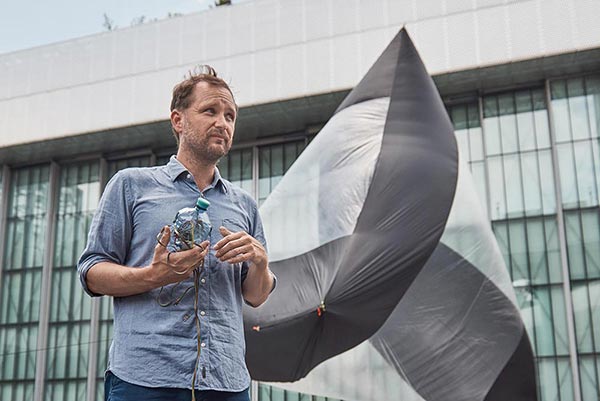 |
|
Tomás Saraceno introduces his Aerocene project at the Asia Culture Center in Gwangju, South Korea [Photo provided to China Daily] |
Can humans actually learn how to live like spiders? Saraceno tried to answer this question with his Cloud Cities series, which is a concept of a modular city floating above the clouds. One of the works, On the Roof: Cloud City, was exhibited at the Metropolitan Museum of Art in New York; currently, the large-scale interactive installation In Orbit, a net structure containing five air-filled spheres suspended some 25 metres above the ground, allowing people to climb on them like spiders, is on long-term display at the K21 in Düsseldorf, Germany.
Along the lines of Cloud Cities are his famous floating sculptures of the Aerocene project. Saraceno says that these sculptures are propelled by sunlight, which are prototypes for the way humans can travel in the future – without burning fossil fuels or any other forms of energy that damage the earth. Nine gigantic spherical sculptures have been brought to Asia for Our Interplanetary Bodies.
"What I like about Aerocene is that it's a choreography of movement," explains the artist. "We get the heat from the sun and I speculate about the idea of being able to travel around the world with this heat. In future, it's not about burning anymore."
- Vivid 3D paintings turn Zhejiang village into vibrant 'zoo'
- National Art Museum distributes 1,400 fine art catalogs
- Egyptian artist showcases work at Yinchuan event
- Looking at himself from the outside leads artist to paint Chinese monks
- Folk artists showcase skills, stunts during competition in Shandong







